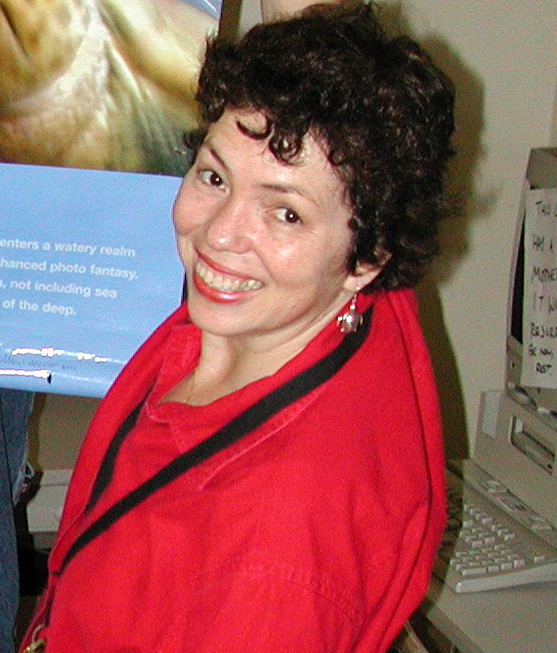Calligraphy
and Me
Project
URL:
http://teachersnetwork.org/teachnet-lab/meisler/calligraphy_lesson/calligraphy_home.html
How it works:
Calligraphy and Me uses 21st century tools
to explore the multicultural
history and development of calligraphy, the art of the written form.
Students become scholars as they explore resources on the Internet
to
learn about multicultural history and specialized tools and the vocabulary
of calligraphy. The scholars become scribes as they use their skills
to create beautiful calligraphic illuminations of sayings they feel
are inspirational.
These sayings can be anonymous, by someone they admire, or a credo
of
their own. As a follow-up unit, the students create their own alphabet,
and then do calligraphic versions of the sayings in their new alphabet.
Standards addressed:
Students understand the visual arts in relation to history and
cultures; understand and apply media, techniques, and processes; and
make connections between visual arts and other disciplines.
Materials used:
Required materials include computers with Internet access, lined
composition paper, pencils, masking tape, translucent paper or other
fine art paper, and calligraphy pen holders, nibs, and ink.
The students:
The 6th grade students at the Institute for Collaborative Education,
a
small 6-12th grade NYC public school, created calligraphic illuminated
inspirational sayings for their Humanities classroom. This unit occurred
as they were learning about the work and famous quotations of the
Greek philosophers.
Overall value:
The students realize the power and beauty in their own thoughts,
as
well as those they admire. The classroom hums quietly as the students
learn patience, care, and tenacity to bring forth their inspirational
thoughts on paper.
Tips:
One doesn’t have to have “good” handwriting in order to do
calligraphy.
Have the students practice in their notebooks and worksheets before
doing their final project. Try to buy ink that is water-soluble (not
permanent). Warn the students to not rest their penholders in the
ink
bottles because they easily tip over and spill. There are lots of
lessons and resources online to learn about calligraphy. Here are
a
few:
Calligraphy Around the
World
http://willard.berkeley.k12.ca.us/Library/calligraphy.html
Chinese Calligraphy Worksheets
http://wfu.edu/~moran/callig.html
Making Marks: the Evolution
of Calligraphy
http://jacquelineoriginals.com/writingt.htm
Calligraphy Lesson Plan
http://lessonplanspage.com/ArtLAWriteMeAPicture-Calligraphy812.htm
|

About the
teacher:
Meryl
Meisler teaches traditional and digital art in addition to being the
Admissions Director at I.C.E., a small progressive NYC school.
Meryl has received a Disney American Teacher Award in visual arts,
serves on the Teachers Network Board of Directors, and is a consultant
to the Whitney Museum’s online learning department. As a graduate
art student at the University of Wisconsin at Madison, Meryl’s major
professor and friend was Donald M. Anderson, author of Calligraphy:
Art of The Written Form.
E-mail:
mmeisl@nycboe.net
Subject Areas:
Humanities
English Language Arts
Visual Arts
Grade Levels:
5-7
|